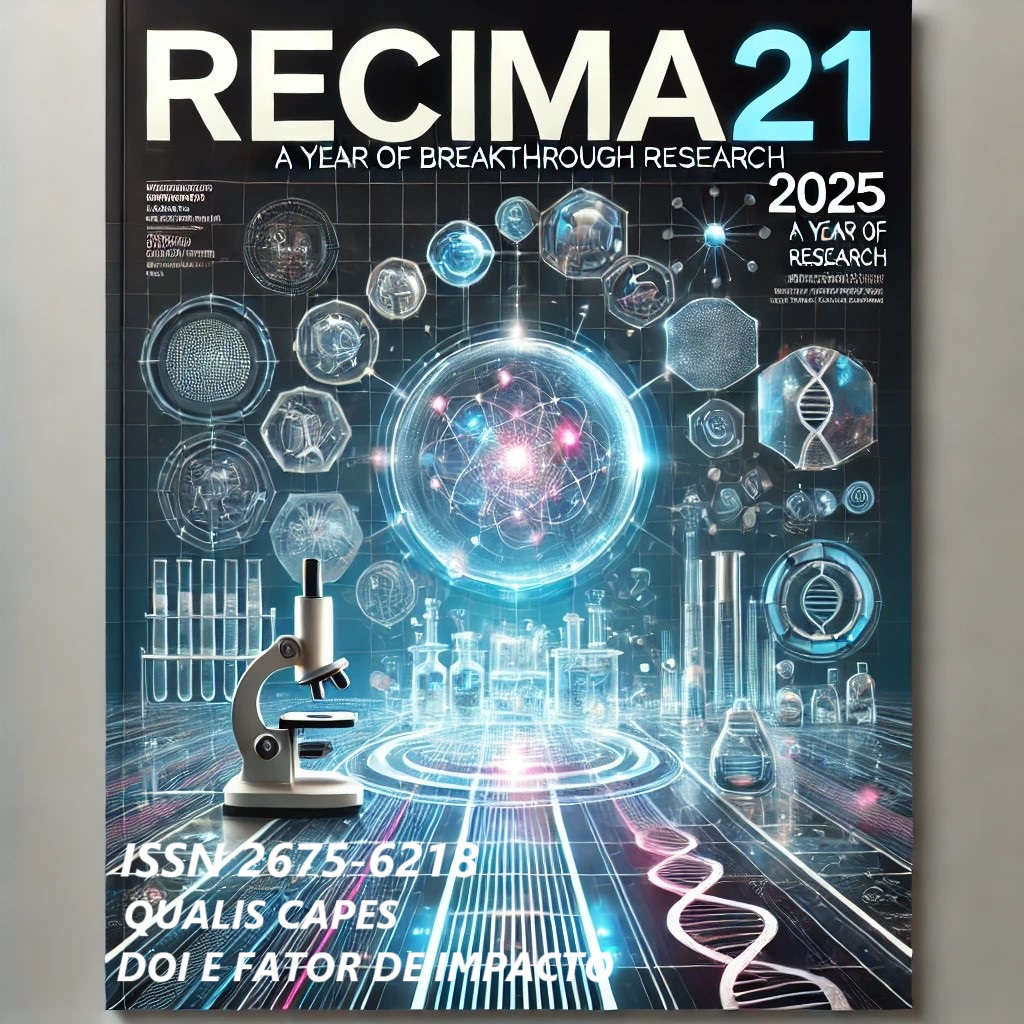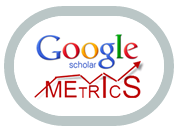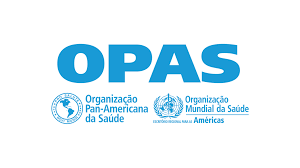STUDY ON THE INFLUENCE OF FINE PARTICULATE MATTER (PM 2,5) ON THE DEVELOPMENT OF PULMONARY NEOPLASMS: AN INTEGRATIVE REVIEW
DOI:
https://doi.org/10.47820/recima21.v6i10.6828Keywords:
Air Pollution, PM 2,5, Lung NeoplasmsAbstract
Air pollution, especially from fine particulate matter (PM2,5), represents a significant public health risk and is directly linked to increased lung cancer incidence and mortality. This study, conducted through an integrative literature review, aimed to analyze the influence of PM2,5 on the development of pulmonary neoplasms. Searches were carried out in PubMed, BVS, and SciELO databases, considering publications from 2014 to March 2025, in English and Portuguese. Inclusion and exclusion criteria were applied, resulting in 10 selected original articles. The data indicate that chronic exposure to PM2,5 is associated with an increased risk of lung cancer, even at concentrations below international safety limits. Populations near industrial zones, ports, or wildfire-affected areas face significantly higher risks. Molecular studies show PM2,5 can induce genetic alterations, activate oncogenic pathways—such as Wnt/β-catenin—and promote metastasis through oxidative stress, chronic inflammation, and impaired DNA repair mechanisms. PM2,5 plays a key role in lung carcinogenesis, contributing to both tumor initiation and progression. Its harmful effects are exacerbated by prolonged exposure, even at supposedly safe levels. These findings highlight the urgent need for stricter air pollution control policies.
Downloads
References
BUSCH, P.; CIFUENTES, L. A.; CABRERA, C. Chronic exposure to fine particles (PM2.5) and mortality: evidence from Chile. Environ Epidemiol, Baltimore, v. 7, n. 4, p. e0253, 2023. DOI: 10.1097/EE9.0000000000000253. DOI: https://doi.org/10.1097/EE9.0000000000000253
CHEN, Y. et al. A multicenter-retrospective study of non-small-cell lung carcinoma harboring uncommon epidermal growth factor receptor (EGFR) mutations. Transl Lung Cancer Res, Hong Kong, v. 11, n. 2, p. 293-306, 2022. DOI: 10.21037/tlcr-21-919. DOI: https://doi.org/10.21037/tlcr-22-48
CHENG, I. et al. Traffic-related air pollution and lung cancer incidence: the California Multiethnic Cohort Study. Am J Respir Crit Care Med, New York, v. 206, n. 8, p. 1008-18, 2022. DOI: 10.1164/rccm.202107-1770OC. DOI: https://doi.org/10.1164/rccm.202107-1770OC
CROUSE, D. L. et al. Ambient PM2.5, O3, and NO2 exposures and associations with mortality over 16 years of follow-up in the Canadian Census Health and Environment Cohort (CanCHEC). Environ Health Perspect, Research Triangle Park, v. 123, n. 11, p. 1180-6, 2015. DOI: 10.1289/ehp.1409276. DOI: https://doi.org/10.1289/ehp.1409276
ERHUNMWUNSEE, L. et al. The association between polluted neighborhoods and TP53-mutated non-small cell lung cancer. Cancer Epidemiol Biomarkers Prev, Philadelphia, v. 30, n. 4, p. 681-8, 2021. DOI: 10.1158/1055-9965.EPI-20-1555. DOI: https://doi.org/10.1158/1055-9965.EPI-20-1555
FAN, W.; XU, L.; ZHENG, H. Using multisource data to assess PM2.5 exposure and spatial analysis of lung cancer in Guangzhou, China. Int J Environ Res Public Health, Basel, v. 19, n. 5, p. 2629, 2022. DOI: 10.3390/ijerph19052629. DOI: https://doi.org/10.3390/ijerph19052629
FU, J. et al. An ecological analysis of PM2.5 concentrations and lung cancer mortality rates in China. BMJ Open, London, v. 5, n. 9, p. e009452, 2015. DOI: 10.1136/bmjopen-2015-009452. DOI: https://doi.org/10.1136/bmjopen-2015-009452
GAO, Y. et al. Wildfire-related PM2.5 and cause-specific cancer mortality. Ecotoxicol Environ Saf, Orlando, v. 258, p. 115000, 2024. DOI: 10.1016/j.ecoenv.2024.115000. DOI: https://doi.org/10.1016/j.celrep.2024.115000
GOODARZI, B. et al. Investigating PM2.5 toxicity in highly polluted urban and industrial areas in the Middle East: human health risk assessment and spatial distribution. Sci Rep, London, v. 13, p. 17858, 2023. DOI: 10.1038/s41598-023-45052-z. DOI: https://doi.org/10.1038/s41598-023-45052-z
HE, Y. et al. Fine particulate matter associated mortality burden of lung cancer in Hebei Province, China. Thorac Cancer, Singapore, v. 9, n. 3, p. 297-303, 2018. DOI: 10.1111/1759-7714.12653. DOI: https://doi.org/10.1111/1759-7714.12653
HILL, W. et al. Lung adenocarcinoma promotion by air pollutants. Nature, London, v. 616, n. 7955, p. 12-23, 2023. DOI: 10.1038/s41586-023-05874-3. DOI: https://doi.org/10.1038/s41586-023-05874-3
HVIDTFELDT, U. A. et al. Long-term low-level ambient air pollution exposure and risk of lung cancer: a pooled analysis of 7 European cohorts. Environ Int, Oxford, v. 146, p. 106249, 2021. DOI: 10.1016/j.envint.2020.106249. DOI: https://doi.org/10.1016/j.envint.2020.106249
IIDA, M.; TAKEMOTO, K. A network biology-based approach to evaluating the effect of environmental contaminants on human interactome and diseases. Environ Health Insights, London, v. 12, p. 1178630218810160, 2018. DOI: 10.1177/1178630218810160. DOI: https://doi.org/10.1016/j.ecoenv.2018.05.065
INSTITUTO NACIONAL DE CÂNCER (INCA). Poluição do ar, câncer e outras doenças: o que você precisa saber? Rio de Janeiro: Ministério da Saúde, 2021. Disponível em: https://antigo.inca.gov.br/publicacoes/cartilhas/poluicao-do-arcancereoutrasdoencasoquevoceprecisa-saber. Acesso em: 2 set. 2025.
JAMAL-HANJANI, M. et al. Tracking the evolution of non–small-cell lung cancer. N Engl J Med, Boston, v. 376, n. 22, p. 2237-48, 2017. DOI: 10.1056/NEJMoa1616288. DOI: https://doi.org/10.1056/NEJMoa1616288
LETELLIER, N. et al. The role of neighborhood air pollution exposure on somatic non-small cell lung cancer mutations in the Los Angeles Basin (2013–2018). Int J Environ Res Public Health, Basel, v. 19, n. 17, p. 11027, 2022. DOI: 10.3390/ijerph191711027. DOI: https://doi.org/10.3390/ijerph191711027
LI, R.; ZHOU, R.; ZHANG, J. Function of PM2.5 in the pathogenesis of lung cancer and chronic airway inflammatory diseases. Oncol Lett, Athens, v. 15, n. 5, p. 7506-14, 2018. DOI: 10.3892/ol.2018.8355. DOI: https://doi.org/10.3892/ol.2018.8355
MANISALIDIS, I. et al. Environmental and health impacts of air pollution: a review. Front Public Health, Lausanne, v. 8, p. 14, 2020. DOI: 10.3389/fpubh.2020.00014. DOI: https://doi.org/10.3389/fpubh.2020.00014
MEI, F. et al. Long-term effects of air pollutants on respiratory and cardiovascular mortality in a port city along the Adriatic Sea. BMC Pulm Med, London, v. 23, p. 135, 2023. DOI: 10.1186/s12890-023-02629-8. DOI: https://doi.org/10.1186/s12890-023-02629-8
NAKHARUTAI, N.; NAKHAPAKORN, K.; SASIWIMOL, S. Impact of residential concentration of PM2.5 analyzed as time-varying covariate on the survival rate of lung cancer patients: a 15-year hospital-based study in upper Northern Thailand. Int J Environ Res Public Health, Basel, v. 19, n. 8, p. 4521, 2022. DOI: 10.3390/ijerph19084521. DOI: https://doi.org/10.3390/ijerph19084521
ORGANIZAÇÃO MUNDIAL DA SAÚDE (OMS). Air pollution. Geneva: WHO, 2024. Disponível em: https://www.who.int/health-topics/air-pollution. Acesso em: 2 set. 2025.
ORGANIZAÇÃO MUNDIAL DA SAÚDE (OMS). Health consequences of air pollution on populations. Geneva: WHO, 2024. Disponível em: https://www.who.int/news/item/25-06-2024-what-are-health-consequences-of-air-pollution-on-populations. Acesso em: 2 set. 2025.
POPE, C. A. et al. Lung cancer, cardiopulmonary mortality, and long-term exposure to fine particulate air pollution. JAMA, Chicago, v. 287, n. 9, p. 1132-41, 2002. DOI: 10.1001/jama.287.9.1132. DOI: https://doi.org/10.1001/jama.287.9.1132
SHI, Y. et al. PM2.5-induced alteration of DNA methylation and RNA-transcription are associated with inflammatory response and lung injury. Sci Total Environ, Amsterdam, v. 650, p. 2142-50, 2019. DOI: 10.1016/j.scitotenv.2018.09.085. DOI: https://doi.org/10.1016/j.scitotenv.2018.09.085
SINGH, T. et al. Exploring the relationship between air quality index and lung cancer mortality in India: predictive modeling and impact assessment. Sci Rep, London, v. 13, p. 17994, 2023. DOI: 10.1038/s41598-023-47705-5. DOI: https://doi.org/10.1038/s41598-023-47705-5
SOUZA, M. T.; SILVA, M. D.; CARVALHO, R. Revisão integrativa: o que é e como fazer. Einstein (São Paulo), São Paulo, v. 8, n. 1, p. 102-6, 2010. DOI: 10.1590/s1679-45082010rw1134. DOI: https://doi.org/10.1590/s1679-45082010rw1134
THANDRA, K. C. et al. Epidemiology of lung cancer. Contemp Oncol (Pozn), Poznan, v. 25, n. 1, p. 45-52, 2021. DOI: 10.5114/wo.2021.103829. DOI: https://doi.org/10.5114/wo.2021.103829
VLASSCHAERT, C. et al. Clonal hematopoiesis of indeterminate potential-associated non-small cell lung cancer risk is potentiated by small particulate matter air pollution among non-smokers: a novel somatic variant–environment interaction. MedRxiv, Cold Spring Harbor, 2024. DOI: 10.1101/2024.01.17.24301439. DOI: https://doi.org/10.1101/2024.01.17.24301439
WANG, T. H. et al. PM2.5 promotes lung cancer progression through activation of the AhR-TMPRSS2-IL18 pathway. EMBO Mol Med, Hoboken, v. 15, n. 6, p. e17014, 2023. DOI: 10.15252/emmm.202217014. DOI: https://doi.org/10.15252/emmm.202217014
WANG, Y. et al. Air pollution in heavy industrial cities along the northern slope of the Tianshan Mountains, Xinjiang: characteristics, meteorological influence, and sources. Environ Sci Pollut Res Int, Berlin, v. 30, n. 46, p. 100484-500, 2023. DOI: 10.1007/s11356-023-25757-0.
WU, X. et al. The epidemiological trends in the burden of lung cancer attributable to PM2.5 exposure in China. BMC Public Health, London, v. 21, n. 1, p. 1-10, 2021. DOI: 10.1186/s12889-021-10765-1. DOI: https://doi.org/10.1186/s12889-021-10765-1
XU, J. et al. CircCDR1as mediates PM2.5-induced lung cancer progression by binding to SRSF1. Ecotoxicol Environ Saf, Orlando, v. 249, p. 114367, 2023. DOI: 10.1016/j.ecoenv.2022.114367. DOI: https://doi.org/10.1016/j.ecoenv.2022.114367
YU, H. et al. Exosomes from PM2.5-treated human bronchial epithelial cells increase lung cancer metastatic potential. Biomed Environ Sci, Beijing, v. 35, n. 6, p. 491-500, 2022. DOI: 10.3967/bes2022.066.
Downloads
Published
License
Copyright (c) 2025 RECIMA21 - Revista Científica Multidisciplinar - ISSN 2675-6218

This work is licensed under a Creative Commons Attribution 4.0 International License.
Os direitos autorais dos artigos/resenhas/TCCs publicados pertecem à revista RECIMA21, e seguem o padrão Creative Commons (CC BY 4.0), permitindo a cópia ou reprodução, desde que cite a fonte e respeite os direitos dos autores e contenham menção aos mesmos nos créditos. Toda e qualquer obra publicada na revista, seu conteúdo é de responsabilidade dos autores, cabendo a RECIMA21 apenas ser o veículo de divulgação, seguindo os padrões nacionais e internacionais de publicação.













